The Female Gothic: New Directions
Diane Wallace and Andrew Smith (eds)
Palgrave Macmillan, 2009
This rich and varied collection of essays makes a timely contribution to critical debates about the Female Gothic, a popular but contested area of literary studies. The contributors revisit key Gothic themes – gender, race, the body, monstrosity, metaphor, motherhood and nationality – to open up new critical directions.
- Introduction: Defining the Female Gothic, Diane Wallace and Andrew Smith
- Female Gothic and the Institutionalisation of Gothic Studies, Lauren Fitzgerald
- “The Haunting Idea”: Female Gothic Metaphors and Feminist Theory, Diane Wallace
- “Mother Radcliffe”: Ann Radcliffe and the Female Gothic, Robert Miles
- Disturbing the Female Gothic: An Excavation of the Northanger Novels, Angela Wright
- Bleeding Nuns: A Genealogy of the Female Gothic Grotesque, Alison Milbank
- From Bluebeard’s Bloody Chamber to Demonic Stigmatic, Marie Mulvey-Roberts
- Keeping it in the Family: Incest and the Female Gothic Plot in du Maurier and Murdock, Avril Horner and Sue Zlosnik
- “I don’t want to be a [White] Girl”: Gender, Race and Resistance in the Southern Gothic, Meredith Miller
- Children of the Night: Shirley Jackson’s Domestic Female Gothic, Andrew Smith
- Others, Monsters, Ghosts: Representations of the Female Gothic Body in Toni Morrison’s Beloved and Love, Anya Heise-von der Lippe
- “Unhomely Moments”: Reading and Writing Nation in Welsh Female Gothic, Kirsti Bohatu
- Monstrous Regiments of Women and Brides of Frankenstein: Gendered Body Politics in Scottish Female Gothic Fiction, Carol Margaret Davison
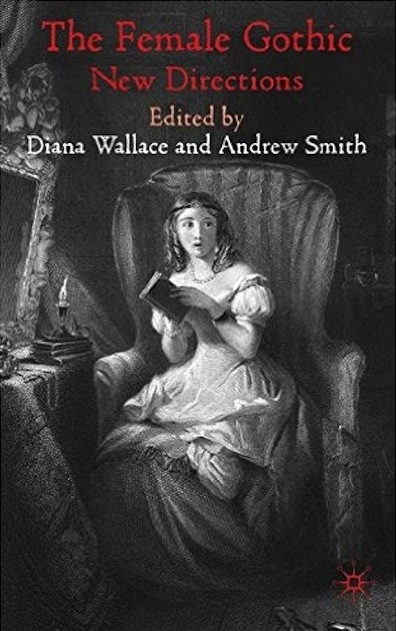

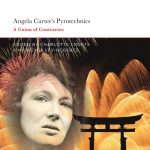

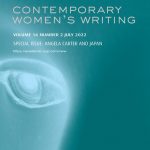
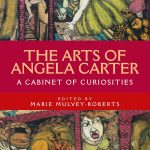
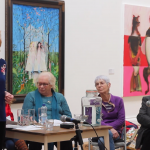
1 Pingback